by Andrew Skelton (Outfoxed)
I might have made it clear before, but I’ve been a long time fan of Omega Force’s Warriors series. I started way back with Dynasty Warriors 2, no less. Through the years, various other series from the company have sprouted up, most notably the Samurai Warriors series. Why would I mention that specifically? Because Warriors Orochi 4 has just released, and it’s a massive mashup of the Dynasty Warriors and Samurai Warriors franchises. While the fourth in numerical order here in the west, the game is actually considered the third in Japan, despite several additional iterations and spinoffs being available. Fan reception of the previous Warriors game (Dynasty Warriors 9) was lukewarm at best, so how does Warriors Orochi 4 fare?
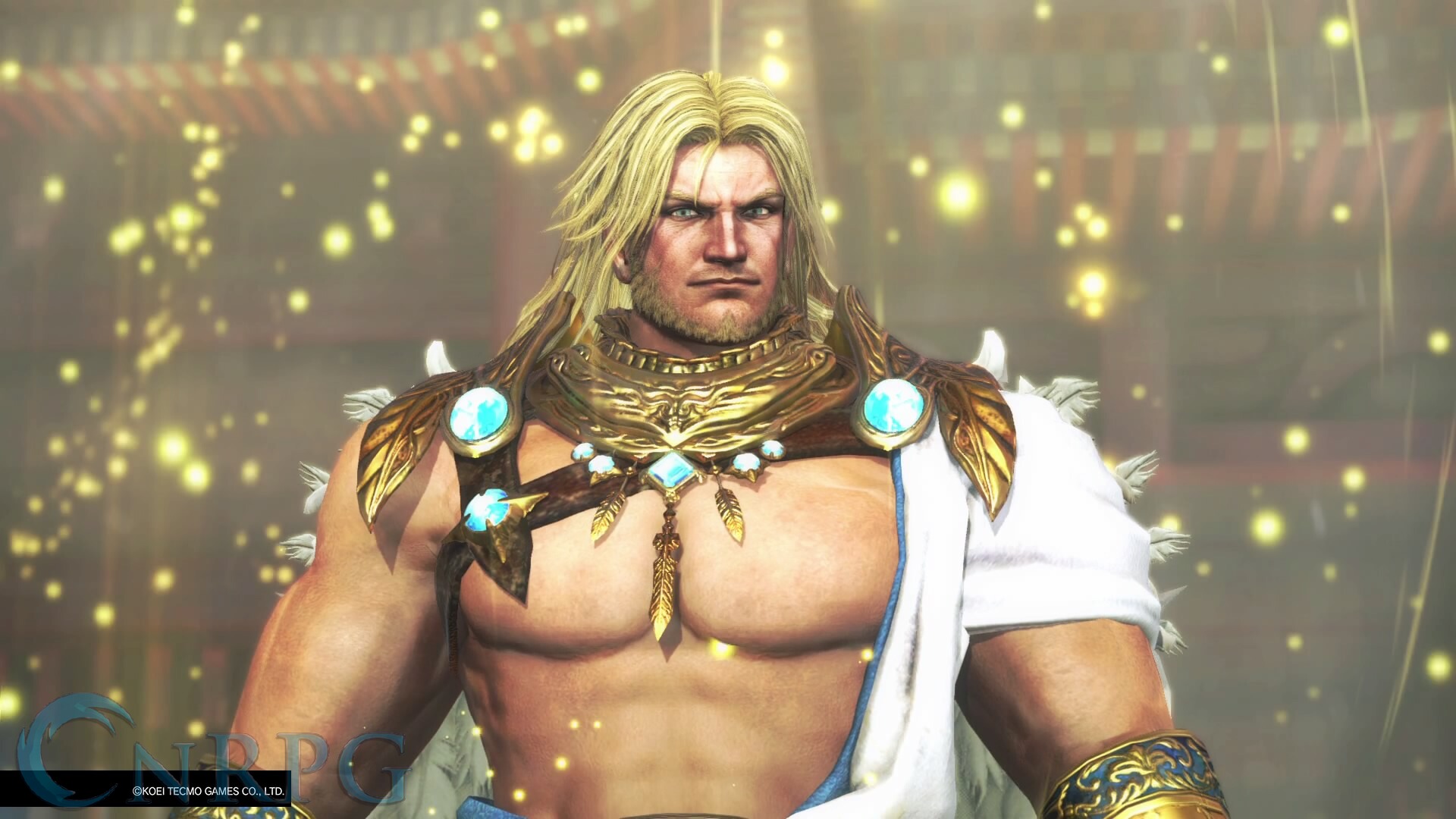
War Was Beginning
At the outset of the game, you’re treated to a cutscene of the Olympian gods watching the Warriors events from Warriors Orochi 3. Zeus decides to create a world so he can prove his strength because he’s Zeus and he does what (and who, but …) he wants. You start out controlling three Samurai Warriors characters: Tadakatsu Honda, Naomasa Ii, and Naotora Ii. Apologies in advance to everyone, as I will be providing the SW character names as they appear in game, rather than their traditional style of family name first, followed by given name (Honda Tadakatsu, et al).
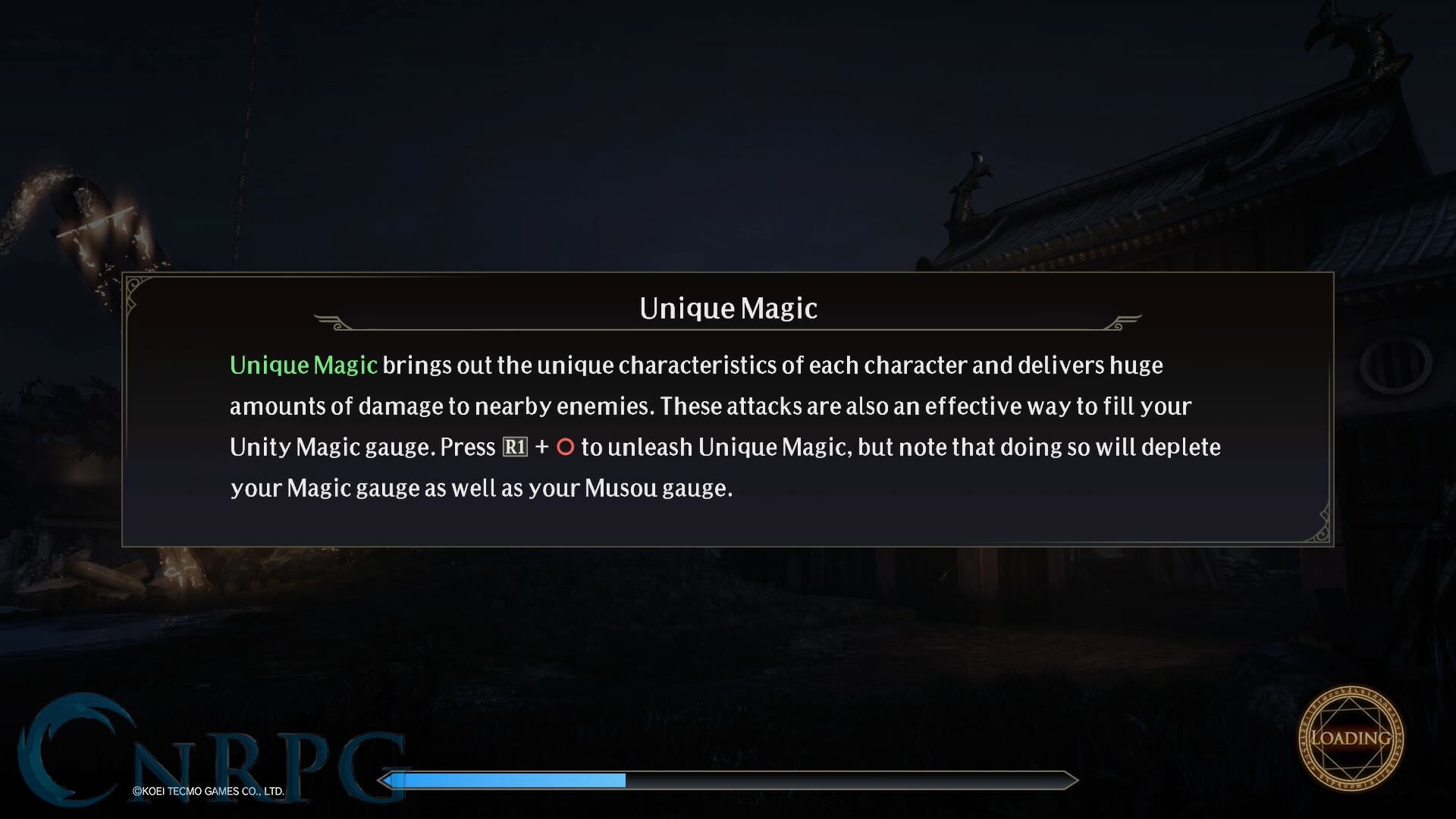
Here you’re introduced to some of the basics of the game. The tutorial provides instruction for anyone who’s never played a Warriors game before, and gives advice on how to move, attack, and use special abilities like Musou attacks (a large damaging attack that consumes a characters Musou gauge). New to the series are the addition of Sacred Treasures. The system is similar to the Dynasty Warriors 9 Flow Attack style where you hold R1 (on the PS4) and use Square, Triangle, or Circle to perform different attacks. The team utilized that system as a model to help make the game more engaging than just using standard or charged attacks most of the time. Sacred treasures are also set per character, so unfortunately there’s no switching them around as you’d like.
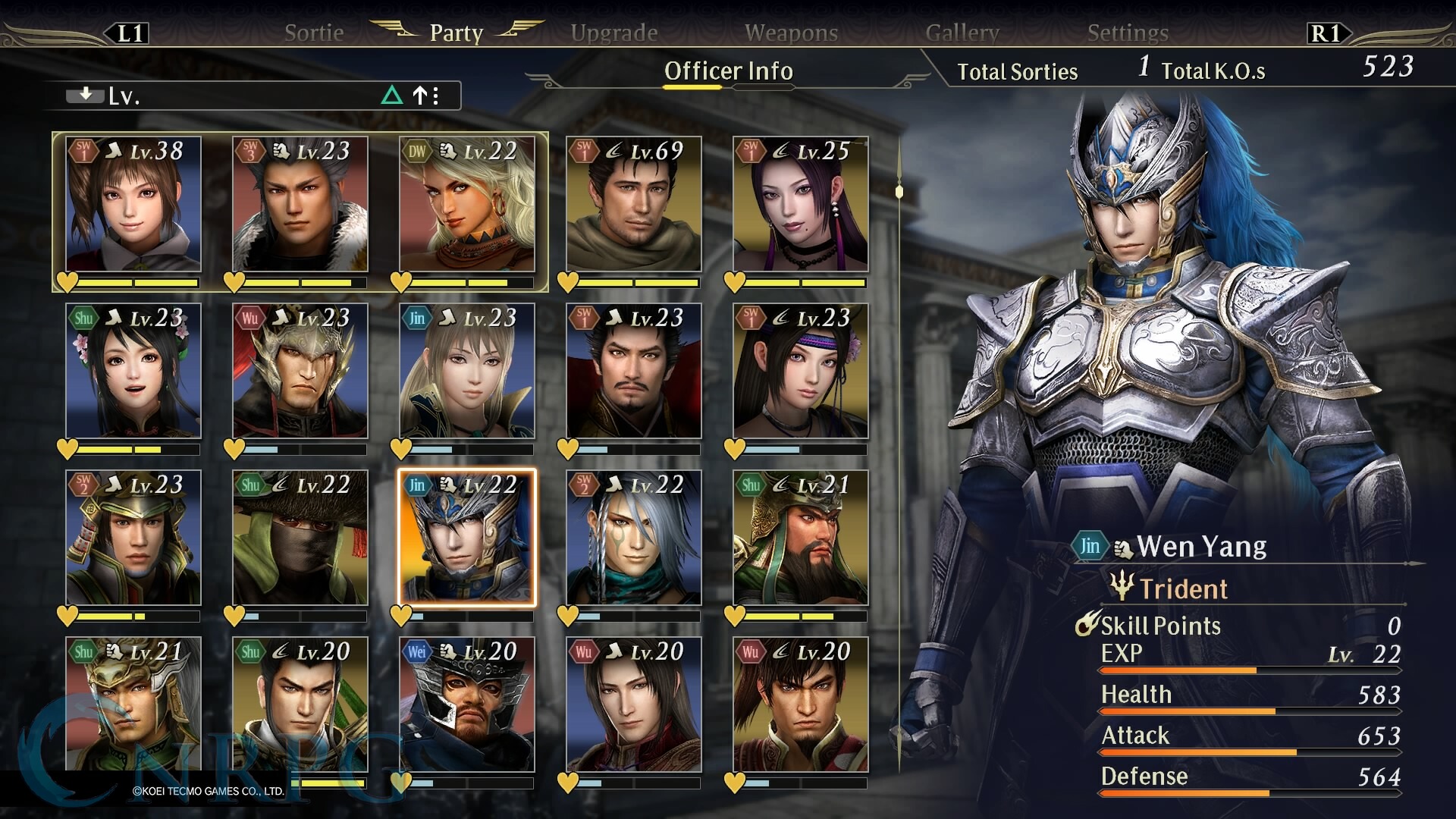
Some Are Good for Fighting …
Let’s get this out of the way right now: there are 170 playable characters in Warriors Orochi 4. Yes, that is a lot of characters. Yes, some of them have little to no story, which can (unfortunately) be expected in a game like this. Character movesets fall under two categories: Dynasty Warriors style or Samurai Warriors style. I know, hide your shock. Dynasty Warriors style consist of a six string basic attack, and charge attacks that can be used anywhere within the string. For example, three square and a triangle will unleash what’s commonly called a C4 attack. All DW style characters also have 2 EX moves, which are additional attacks after a specific charge attack, which tend to be more powerful or have additional effects tied to it. Samurai Warriors, on the other hand, have movesets that differ whether or not a basic attack was used first, or a charged attack. A charged attack first launches the character into what’s called a hyper attack, which are super useful for clearing out normal enemies, but are generally blocked and ineffective against officers. SW officers also have longer normal attack strings, and varying degrees of charge attacks — some have single charge attacks all along their basic attacks, some have three charge chains, and some have two, determined by their character types.
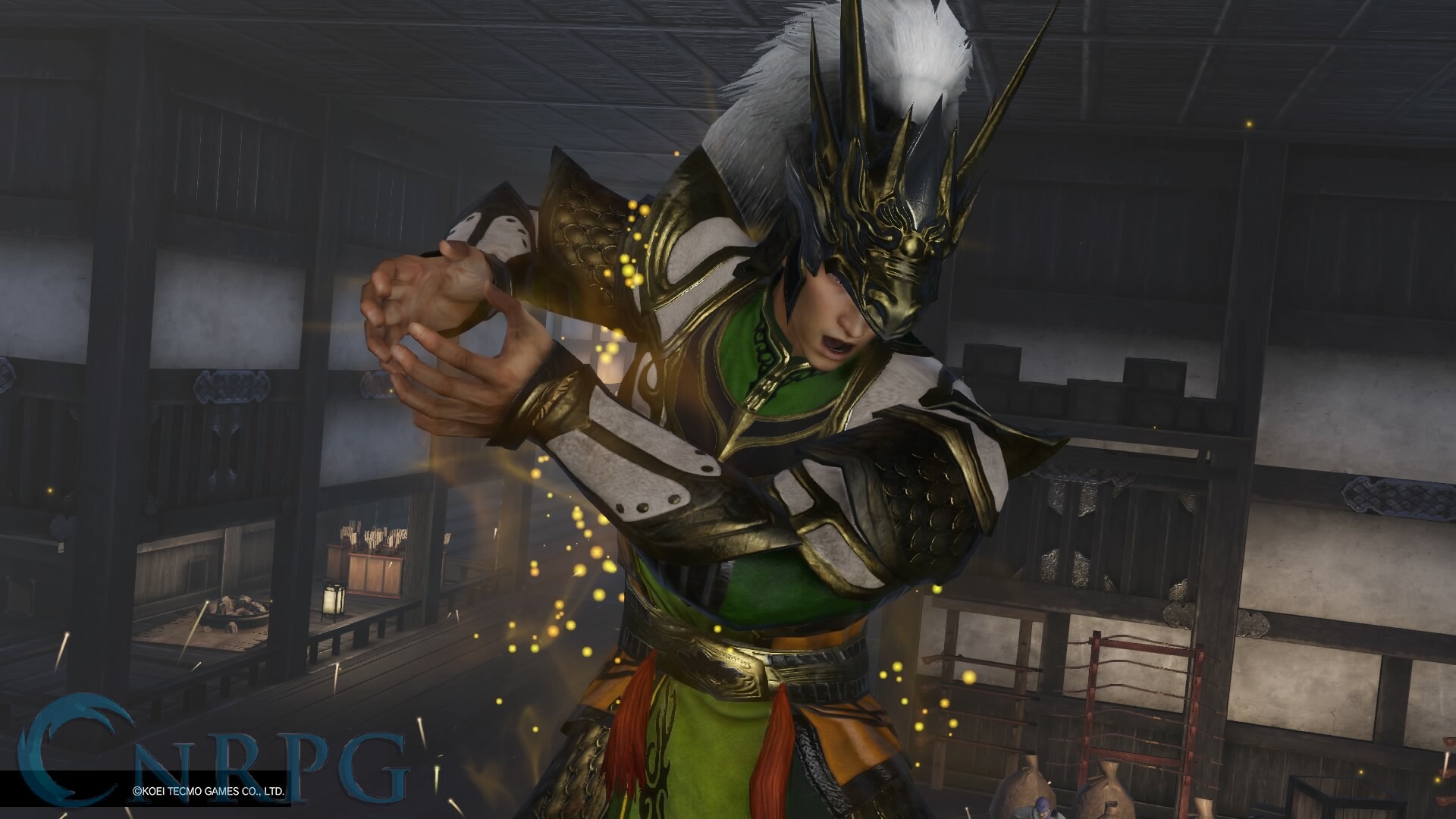
All 170 officers fall under one of three types: power, technique, and speed. Gone is the Wonder type from the third installment; as it was explained to me, it was because it wasn’t popular and the team wanted to keep things more streamlined this time around. In terms of Dynasty Warriors characters, these types determines their stat growths upon leveling up. Samurai Warriors characters progress in a similar vein, but their type also determines what types of attacks they can do as mentioned above (power get the longer charge attacks, technique get charge attacks further in the chain, speed get more hyper attacks). I realize this all sounds complicated in written form, but there are handy icons in game that will tell you at a glance what genre the character is from, and what type they are.
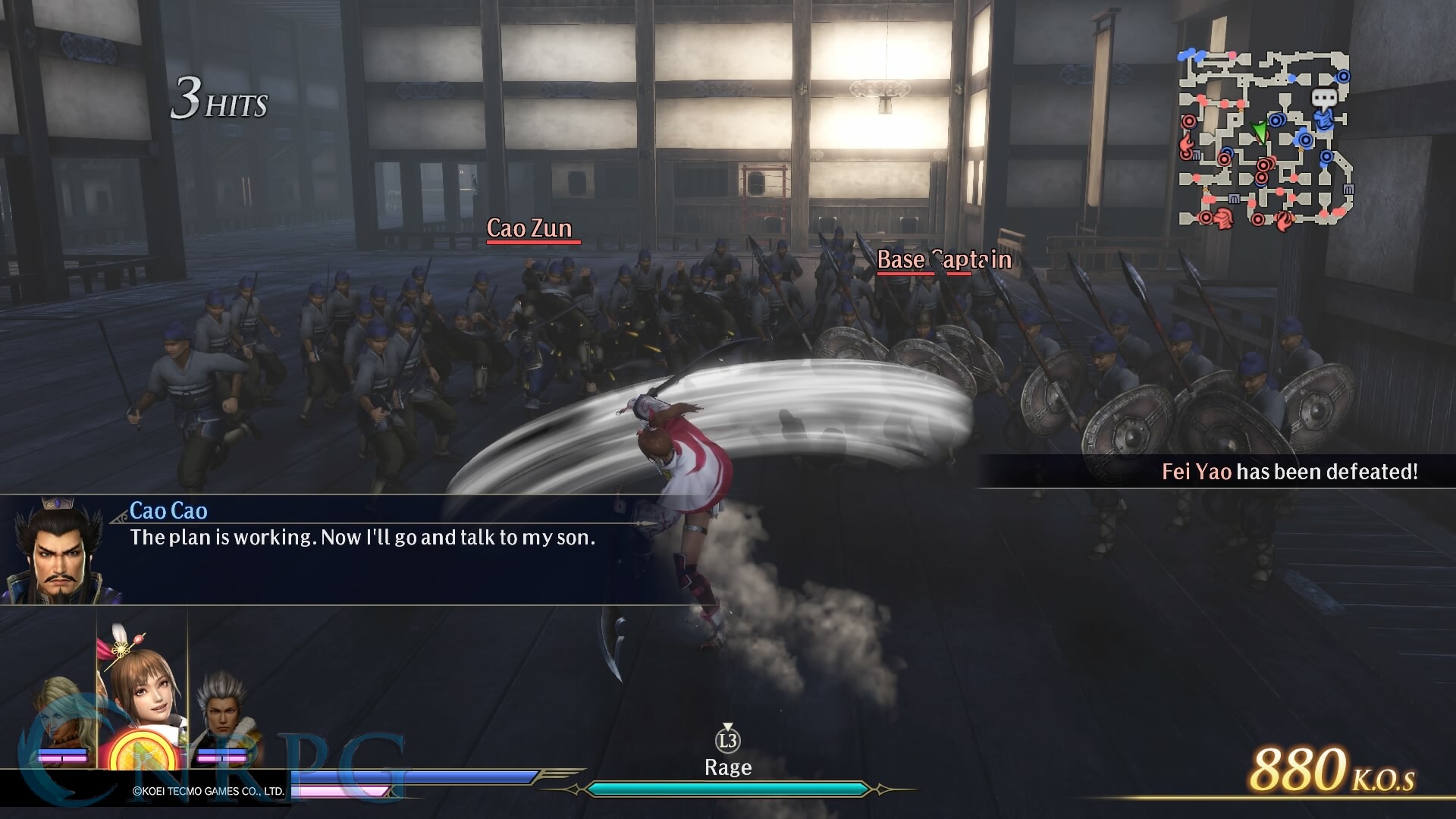
… Others Are Good for Dying
I hope you’re ready for the wholesale pummeling of hoards of peons, because that’s what a lot of the gameplay will revolve around. Thankfully, beating up hoards of peons is supremely satisfying. On each battlefield map, there are various clusters of enemies, usually lead by a generic officer. Most of the time these officers are placed in your way to interfere with objectives. Every stage has a story associated with it (most stories are ‘defend this place’ or ‘defeat these bad guys’, so don’t expect Shakespeare), and your forces have objectives to overcome the enemy. Most of these objectives involve defeating certain officers, but there are occasional tasks where you have to reach a certain point on the map with certain teammates, or to hold out against enemies for a specific amount of time.
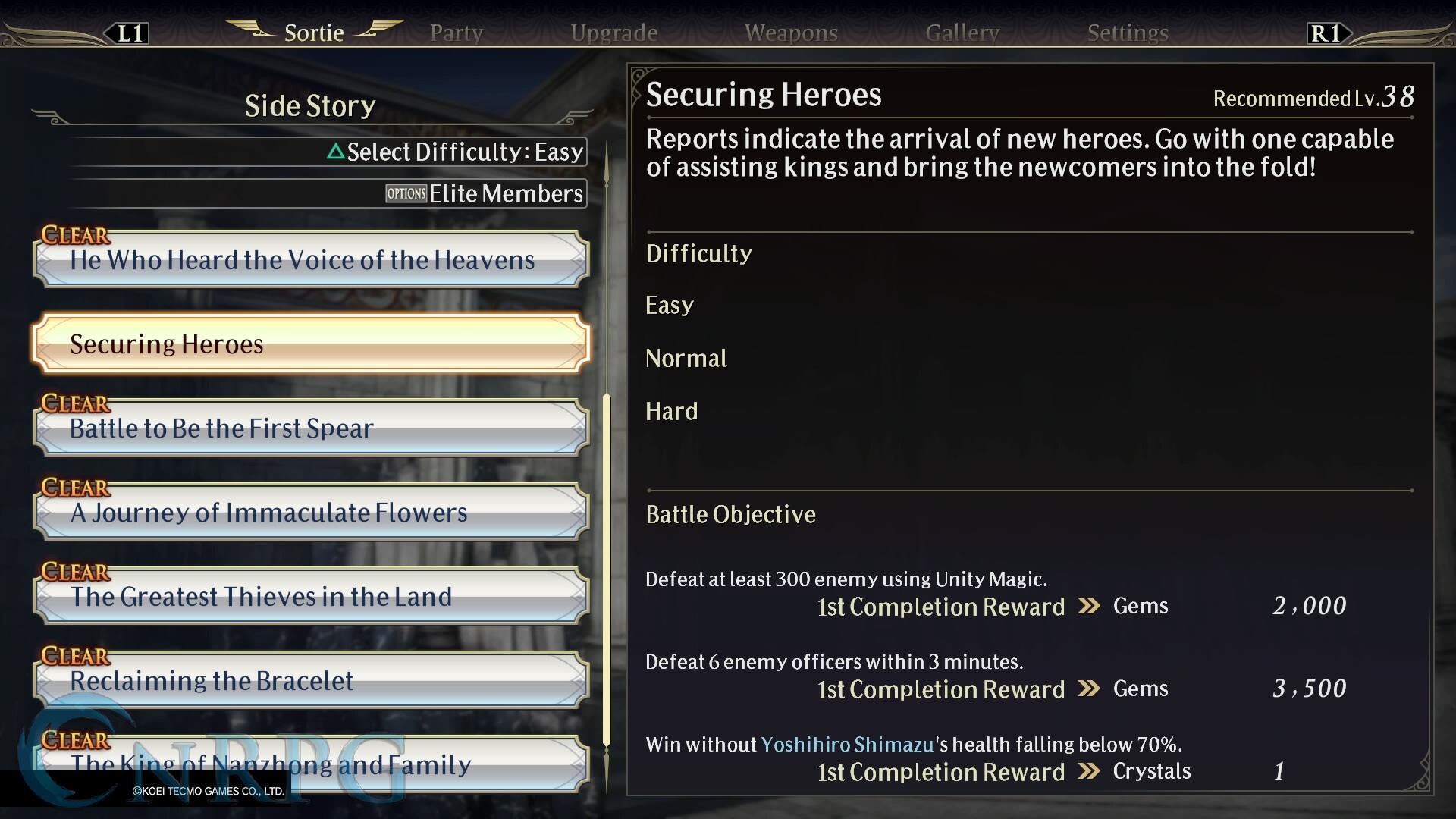
One of the appeals of this genre, though, is its simplicity. Sure, it’s repetitive, but satisfying. Body counts almost always exceed one thousand, to give you an idea. Not only that, but the mainstay of the Orochi series is being able to take a team of three characters on the battlefield which you can swap to at any time, giving a whole new opportunity to execute unique combos at enemies. In fact, the new Unity Magic system lets you set four additional support members who you can team up with to unleash a massive attack when your unity meter is full. This attack provides a huge amount of experience and gems for everyone defeated by it, too, so it works best against large crowds.
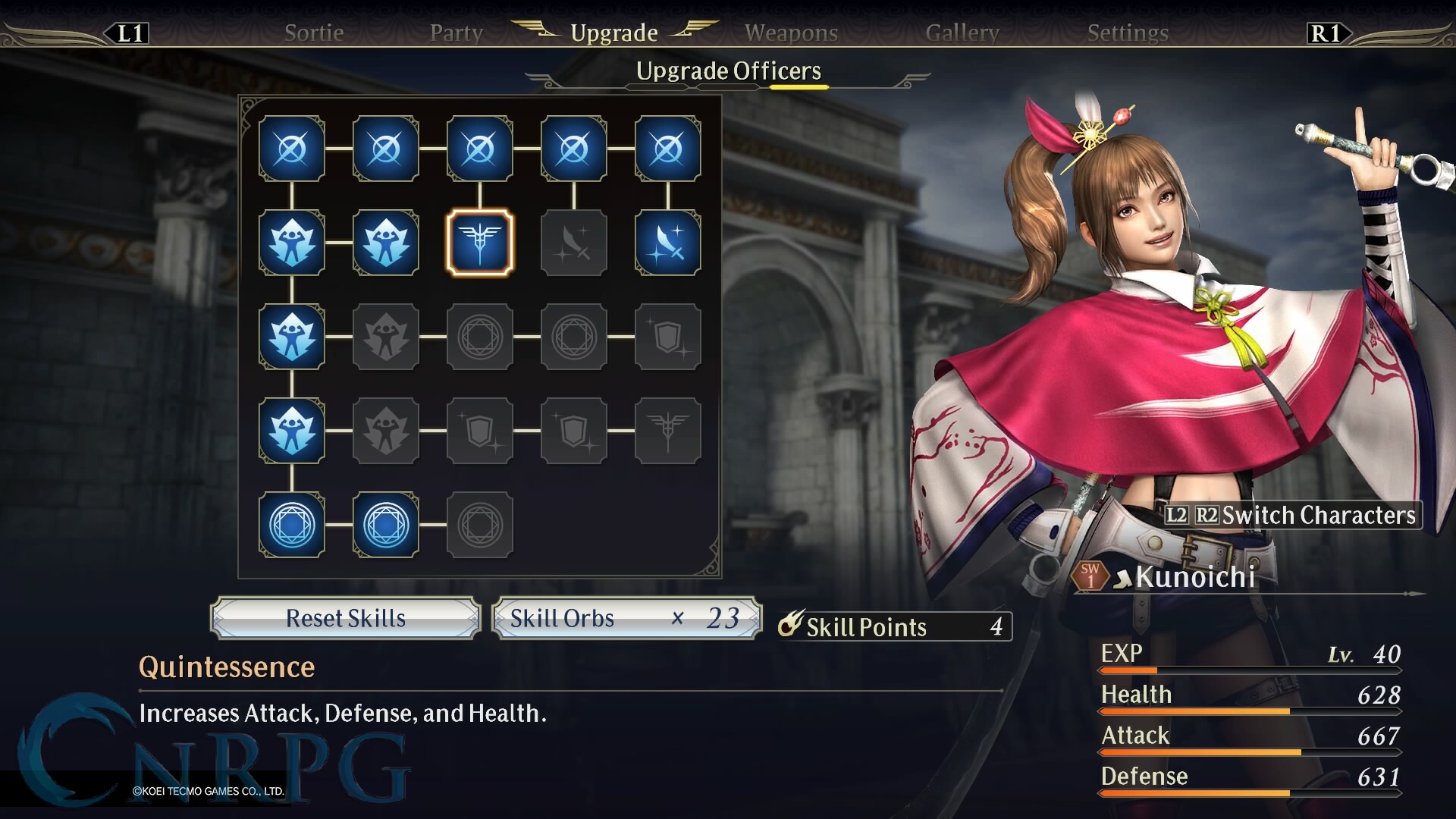
The Aftermath
Clearing stages earns you several things. First, you’ll earn a measure of experience for your three characters. Leveling up characters increases their strength, defense, and life totals, and grants skill points. Skill points, in turn, can be spent to upgrade how many attacks a character can do, the amount of damage they deal with magic attacks, or on raising stats like strength, defense, and life (amongst other things). You’ll also earn weapons for each of the three characters you brought into the battle. There are five total tiers of weapons, each with a varying base power above the previous tier. You gain proficiency with a specific weapon the more you use it, so it’s wise to hunt for weapons that have a high base value.
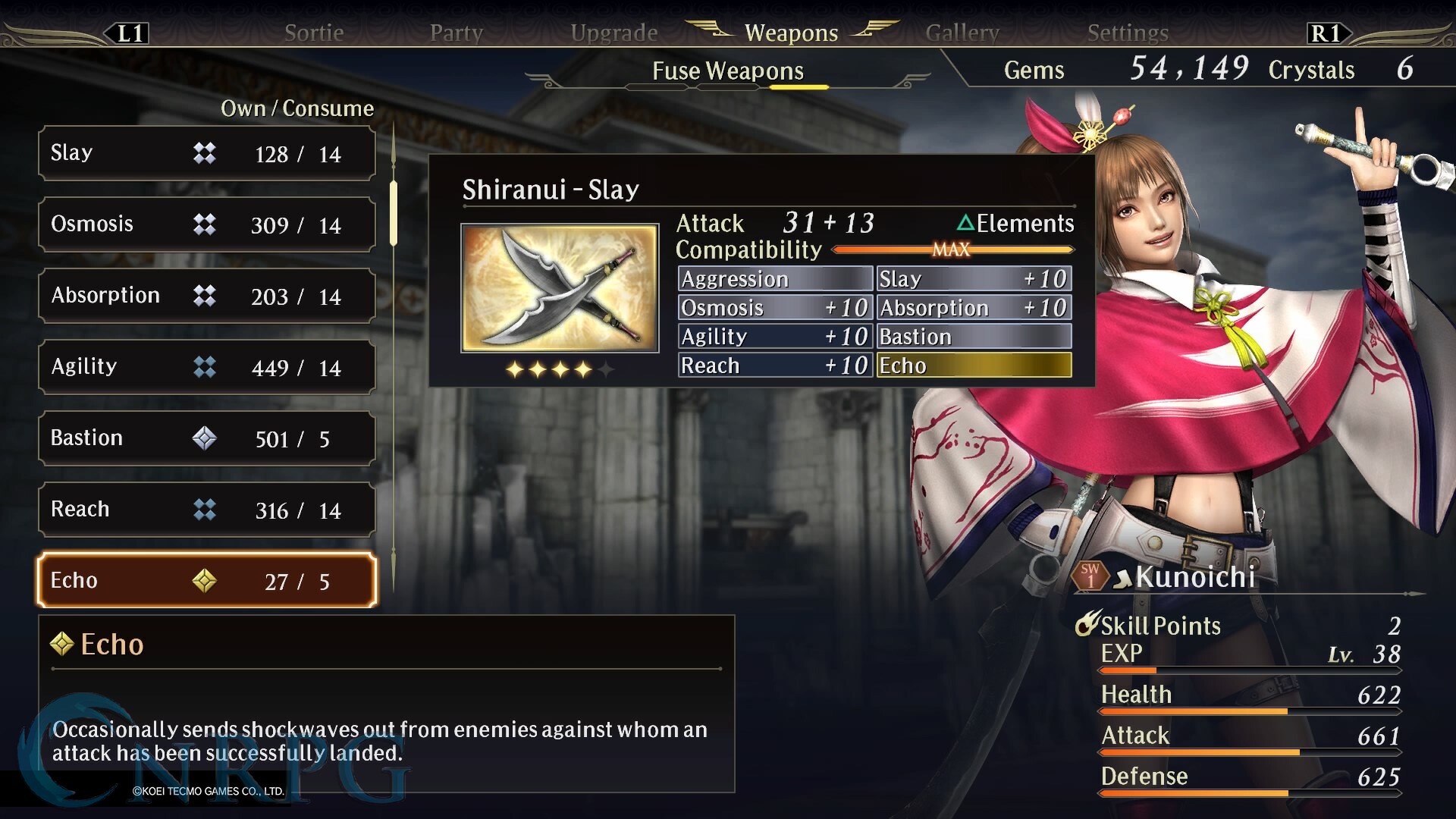
Additionally, you’ll earn gems as you complete stages. Every stage has bonus objectives that can be met that often provide even more gems. Gems have several uses. First, they can be used to upgrade weapon elements (more on this feature soon). They’re used in training missions, which allows you to select three officers to gain experience and weapons without actively participating in battles. Lastly, gems are used to upgrade your base camp. The upgrades you can acquire range from simple experience and gem boosters, to boosting the attributes of specific types of characters, and even unlocking additional characters to play.
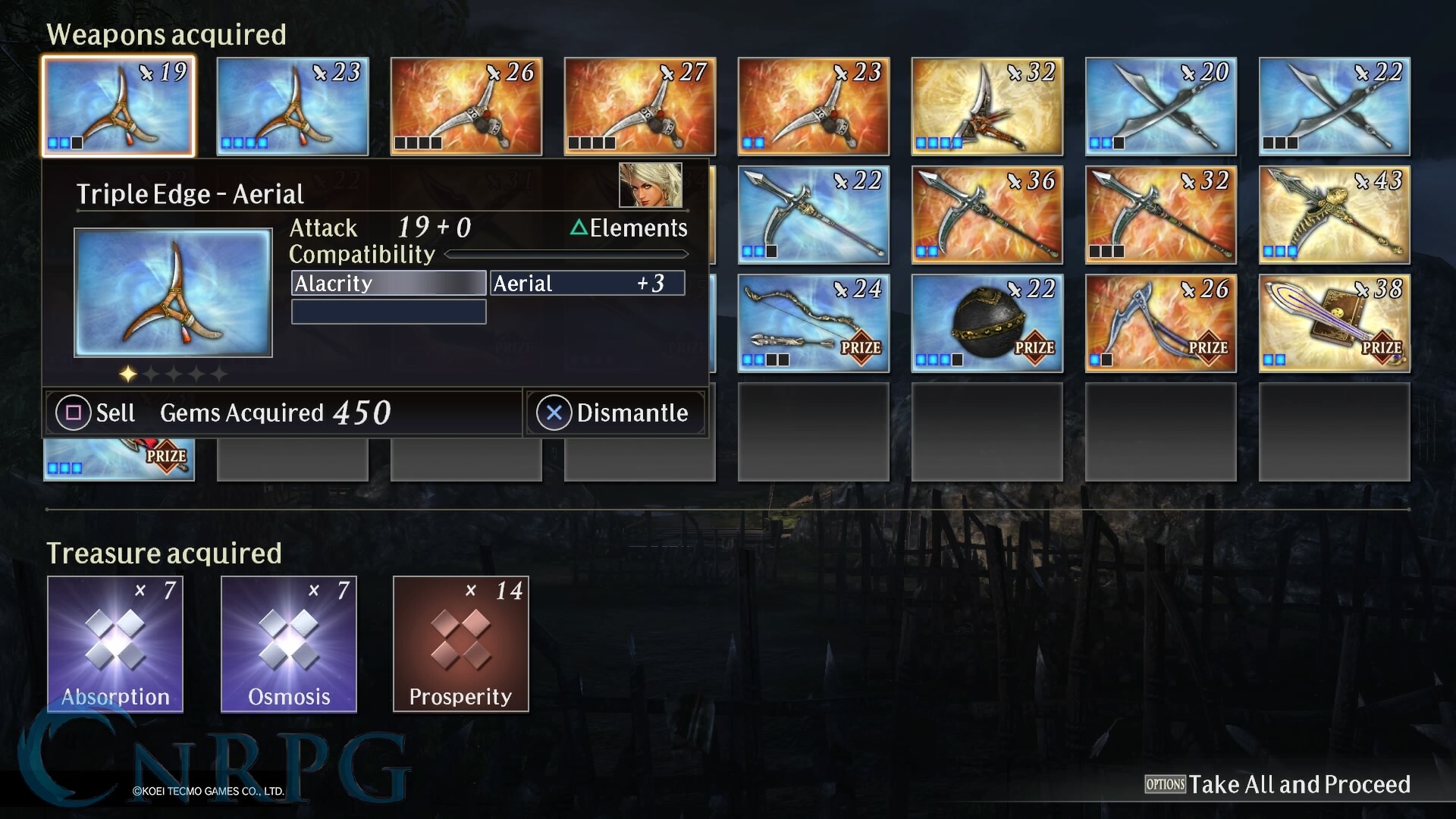
Thunderbolt and Lightning!
If you ask me, character levels don’t matter quite as much in the Orochi series. Sure, they’re important, and the increase in your stats does play a key role in making you stronger, but there’s a much better way to increase a character’s slaying power: weapon elements. The right element setup can absolutely turn a good character into a powerhouse. Elements spawn on weapons, and Warriors Orochi 4 allows you to break down weapons you don’t need to reclaim the elements found on said weapons. There are a good amount of elements to choose from ranging from elemental damage to increasing damage on normal or charge attacks, to boosting a character’s attack speed. Every weapon in the game can have up to eight element slots, so while it can sometimes be challenging to figure out what elements you want on a character, you’ll never want for choices.
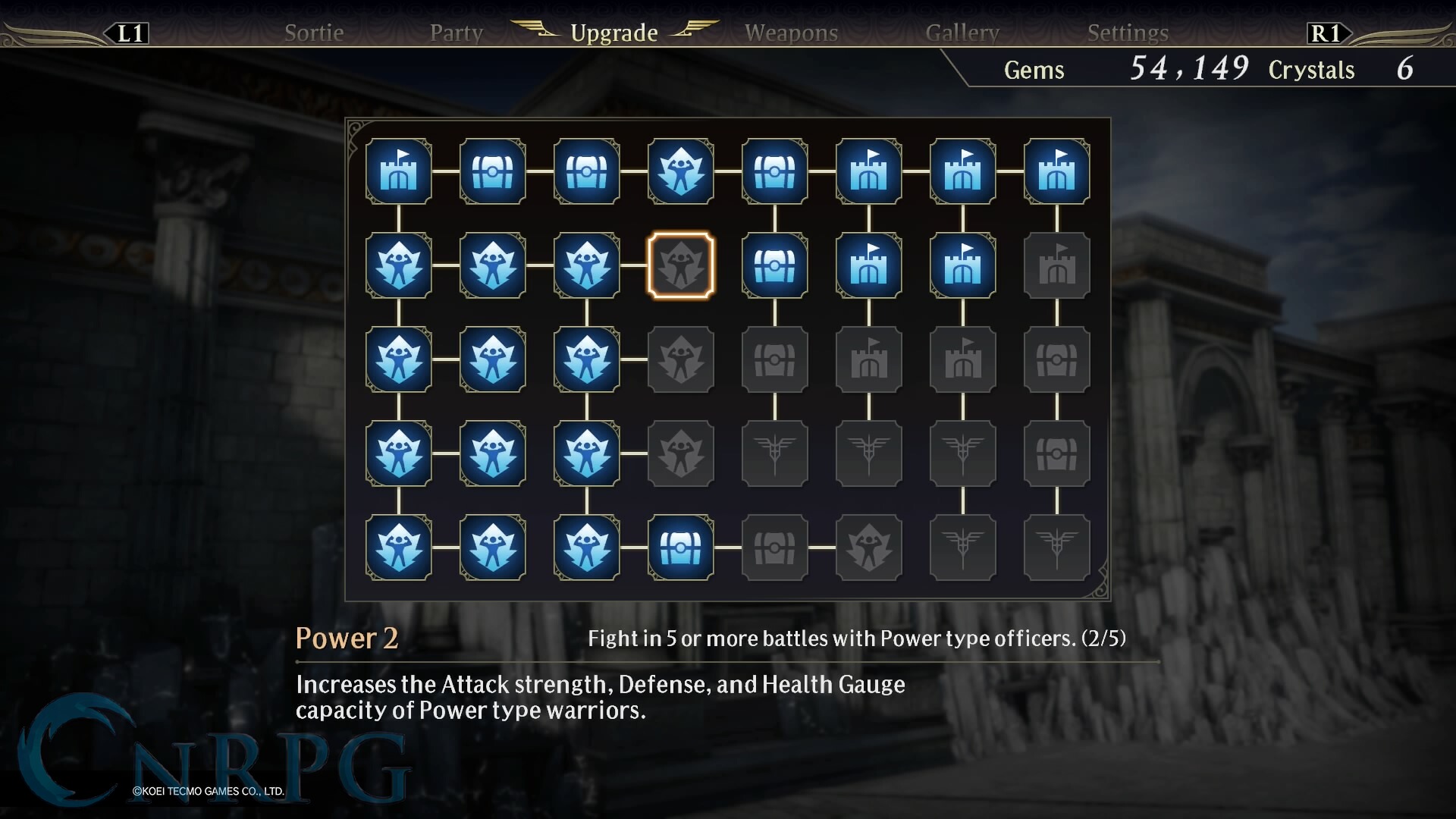
Elemental damage is also a unique case: it only activates on charge attacks. Fire will inflict damage over time on affected troops, ice has a chance to freeze, bolt will hit surrounding soldiers with electricity, wind pierces blocking and does additional damage, and slay has a chance to outright kill peons and severely damage officers. While nothing is stopping you from putting together a weapon with all of these elements, it’s probably best to focus on one or two and use the remainder of the slots to further buff up each character. Elemental activation is also one of the most problematic balance issues for Warriors Orochi 4, as all Samurai Warriors characters receive full elemental activation on their hyper attacks — something Dynasty Warriors characters don’t even have access to. This makes the former have a much greater magnitude of power since they have multiple options at their disposal.
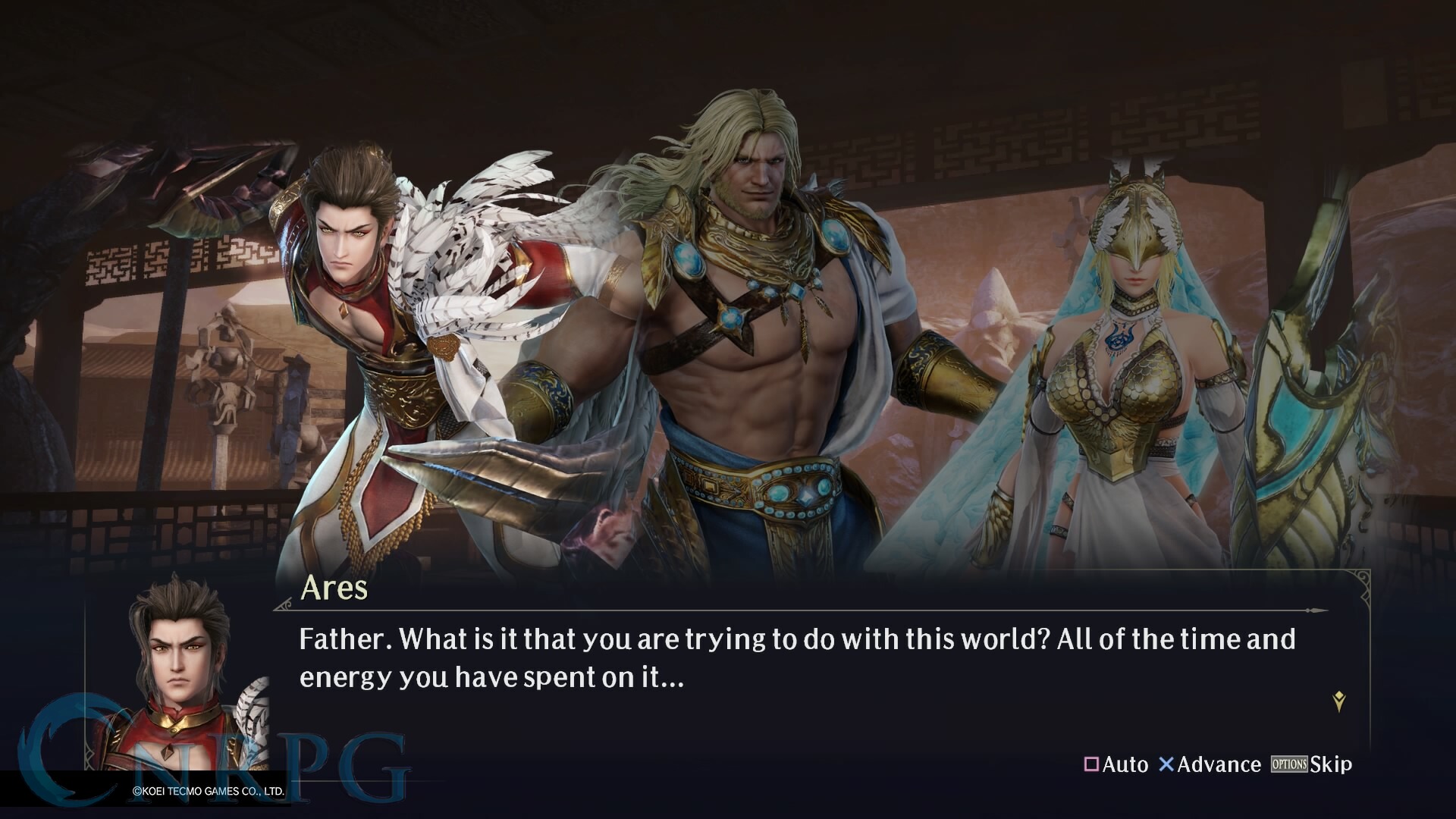
Final Verdict: Very Good (3.5/5)
Warriors Orochi 4 was one of those games I couldn’t stop playing. Its huge cast of characters provided a, “just one more stage; see who I get next!” mentality, and the way the weapon system functions kept me hunting for more and more elements to boost my characters. There’s a moderate social aspect between the characters wherein using them raises their bonds with one another, and characters have some unique and often times humorous interactions in activated scenes in the camp. The Sacred Treasures system provided a fun new mechanic, even if some of the treasures seemed very poor (I’m looking at you, Talaria). Of course, there are several problems with the game. It does become very repetitive, as can be expected. Balance is practically non-existent — though balance has never really been a part of the Orochi series, let’s be fair. For some, seeing certain characters get more screen time when their favorites might get a passing mention at best can be pretty frustrating.
If you’re a fan of hack-and-slash action games, though, Warriors Orochi 4 does provide a ton of content to mow through. There are loads of stages (even if some of them start looking the same after a while), and special events to unlock, and four difficulty modes to conquer. It’s a game I intend to keep playing, personally, and I believe it’s worth a look for any fan of the Warriors series.
Note: a copy of the game was provided for review purposes.


